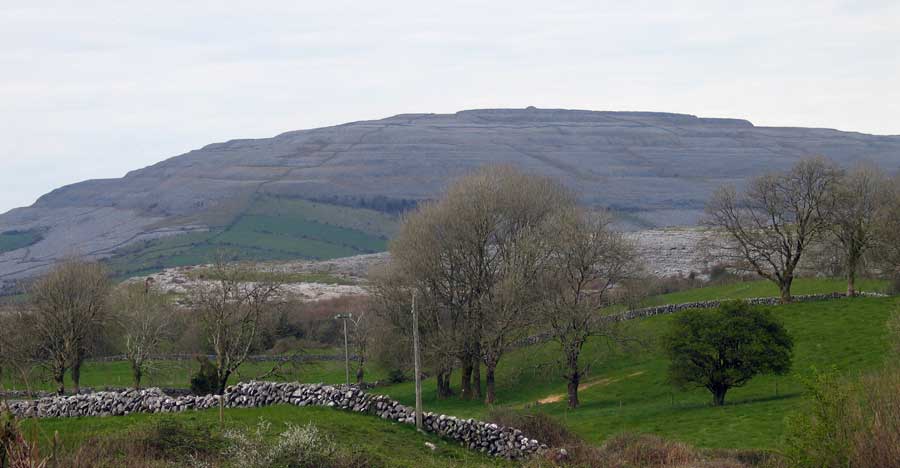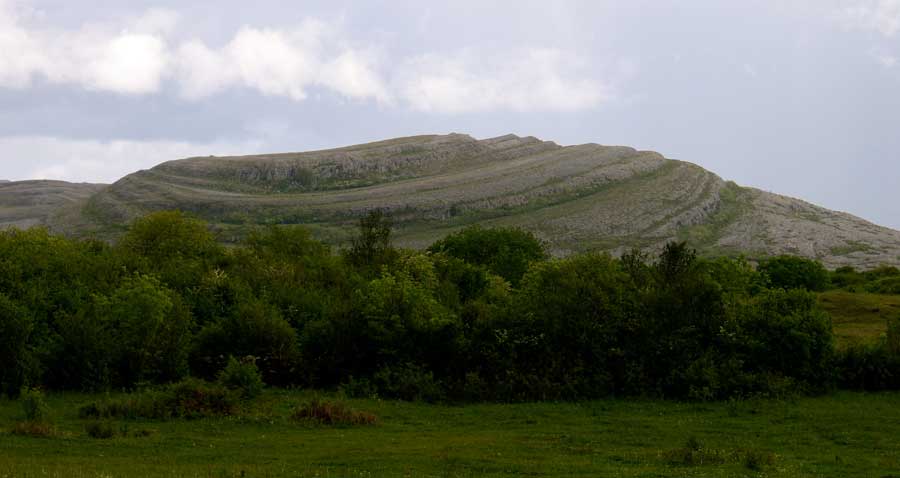The Burren
The Burren in County Clare is one of the most unusual and interesting landscapes to be found in Ireland. The limestone karst mountains are largely bare of soil, so the landscape is composed of cracked, fissured, incredibly weathered grey rock. The Burren has often been described as a lunar landscape. The cracks in the limestone pavement which give the Burren its strange appearance are called grykes, and are the result of thousands of years of erosion.
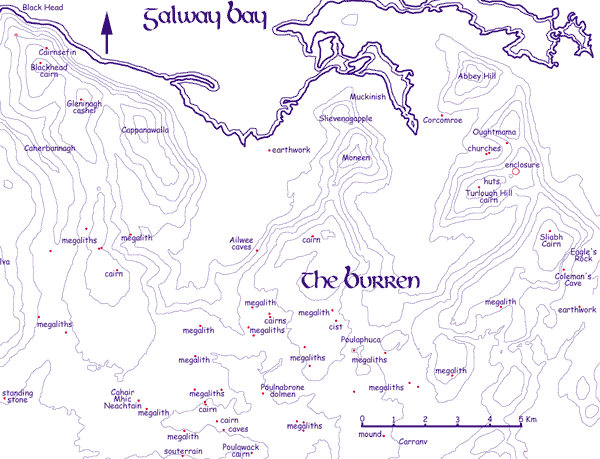
This rocky patch of west Clare is bounded by Galway Bay on the north, the Atlantic Ocean with the Aran Islands to the west, the Shannon and drumlin country to the south and east. There are many caves in the mountains which were formed when the glaciers that sculpted the hills began to melt at the end of the last ice age. The Ailwee Caves are the best known of the many cave systems in the Burren. Glencurran cave near the village of Carran was recently excavated and turned up many finds from the Bronze age onwards.
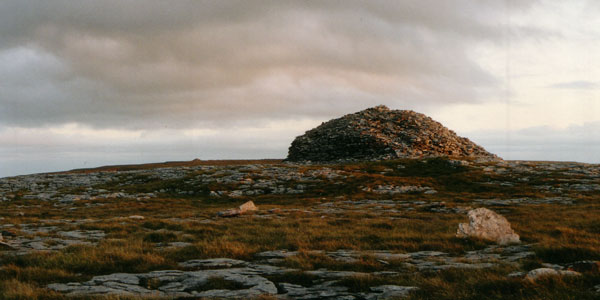
There were plenty of people living in the Burren during the neolithic, to judge by the wealth of ancient sites found there. There are several large hill-top cairns on the summits along Galway Bay, including Sliabhcarran, Turlough Mountain and Blackhead, which looks out across the Atlantic. Turlough Mountain has a large settlement site, possibly a stone age village of some 100 huts. Not far east of the huts is a huge circular hillfort, which may also date from the neolithic.
Some believe that the Burren was over-farmed during the neolithic, when it's covering of trees removed to make way for grazing. This would mean the unusual appearance of the area is man-made. There was certainly a large population living there in ancient times, as the great number of megalithic structures known as wedge monuments and other stone remains show. The landscape is criss-crossed with fieldwalls dating from the neolithic to modern times.
At the heart of the Burren is Poulnabrone dolmen, the 'Hole of Sorrow', probably the most iconic of Ireland's megalithic structures. This fine neolithic structure is one of only 10 Irish dolmens to have been excavated, and was found to contain the remains of 21 people. It is thought to be the northern marker of an ancient territory. Closeby to the north is Poulawack cairn, a monument that, when excavated in 1934, turned out to be much more complex than it appeared, having been used for burials over a span of almost two thousand years.
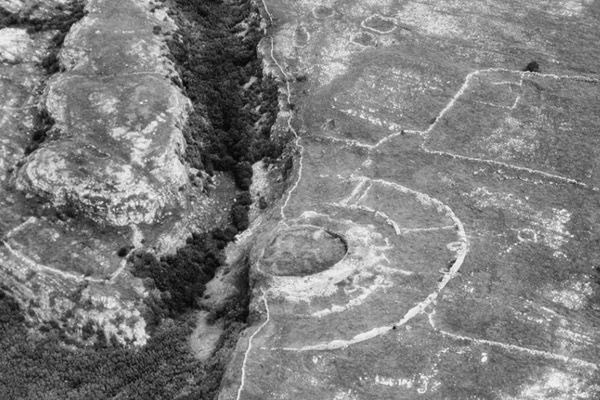
There are many stone forts scattered throughout the Burren, similar in form to the more famous sites on the nearby Aran Islands. A quick look at the OS map will show how many townland names begin with 'Lis', 'Caher' and 'Dun'. The best known and preserved forts are the dramatically sited Cahercumeen, above, which overlooks the crossing of two ancient routeways. Caherconnell which is between Poulnabrone and Poulawack, has its own visitor centre.
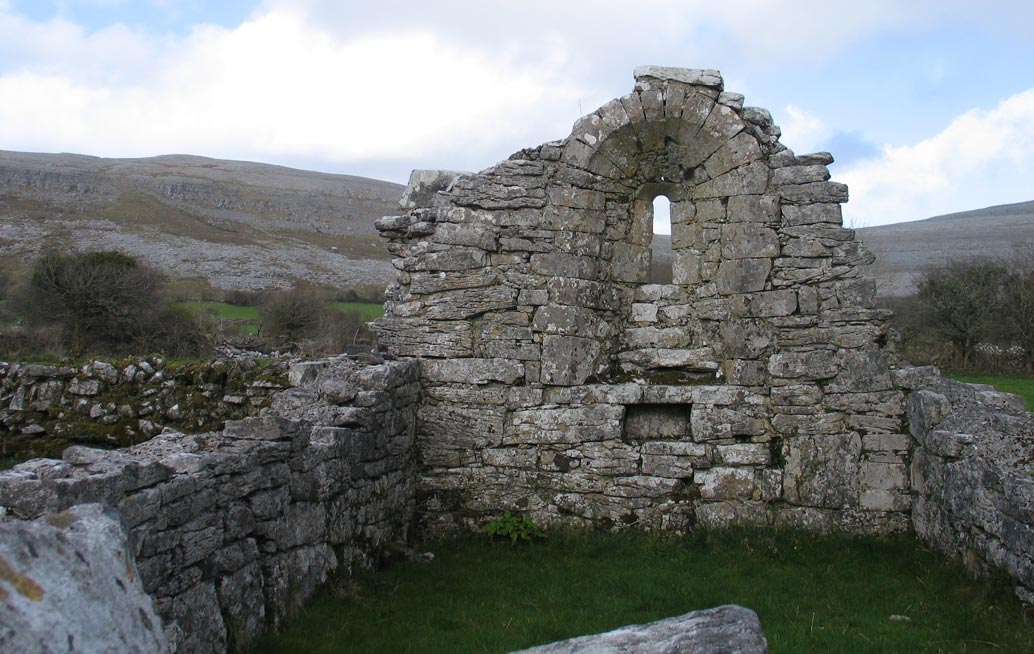
There are a great number of early and medieval Christian sites in the region, which includes a fine collection of high crosses at Kilfenora. Churches and holy wells are almost as thickly clustered throughout the Burren as the earlier stone age remains.
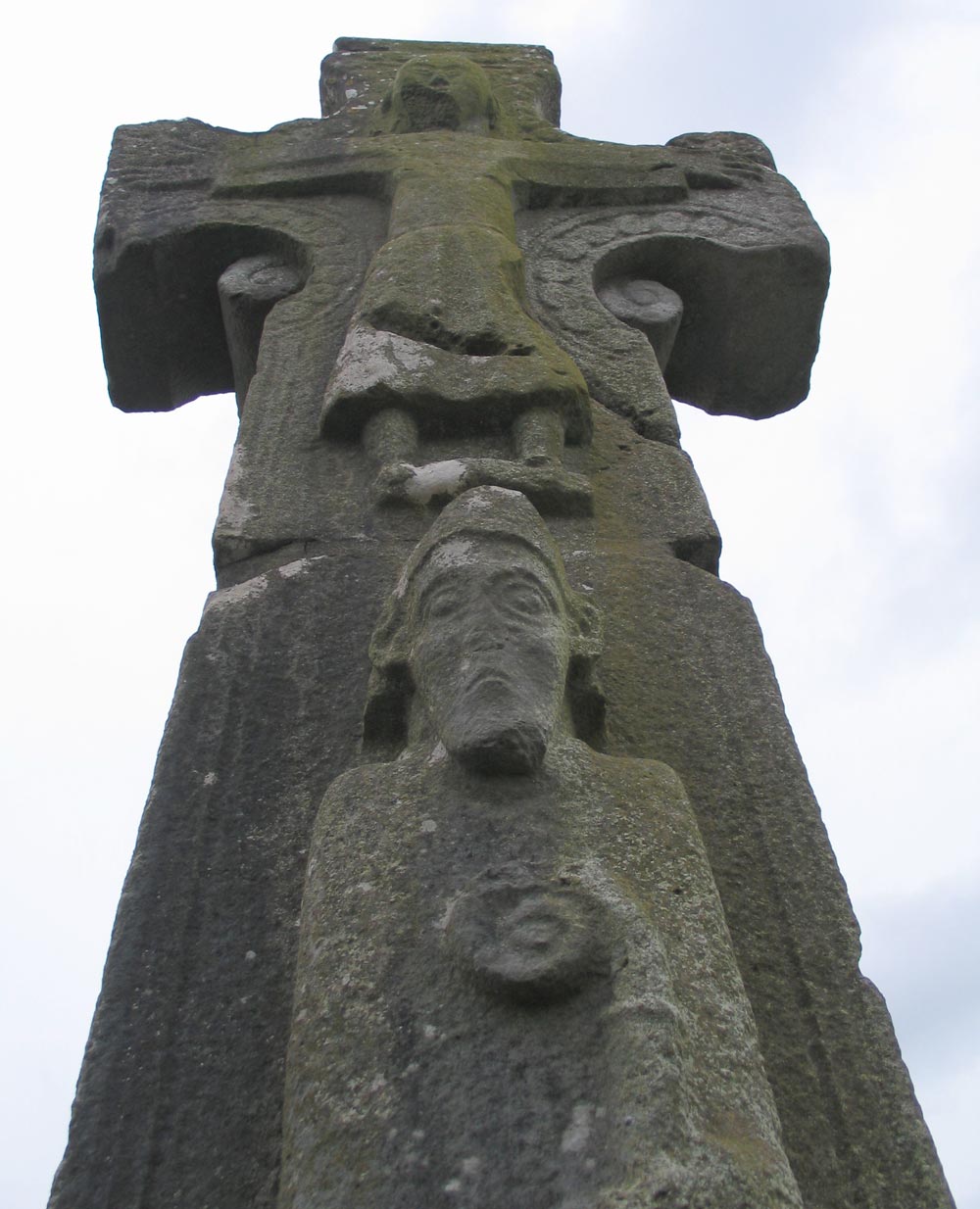
One of the more interesting sites is at Kilmacduagh just to the east of the Burren, near Gort. This well preserved site has a complete round tower which is leaning over.

